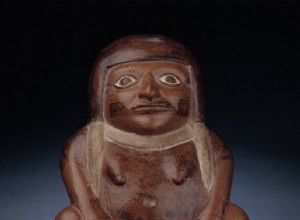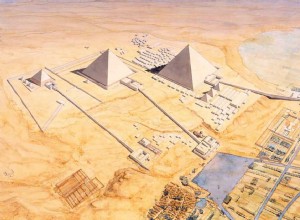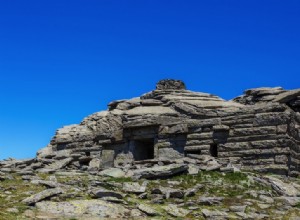Even before the famous Incas, several other indigenous peoples inhabited South American lands. The Moche Civilization, for example, occupied vast areas of present-day Peru for about 900 years (between 100 BC and 800 AD). Despite such a long existence, the Moche peoples did not manage to constitute a




